Table of content
Grass jelly pudding, known as cincau in Indonesian, liangfen in Chinese, or sương sáo in Vietnamese, is a beloved Asian dessert cherished for its unique texture, mild bittersweet flavor, and cooling properties. Made from the leaves of the Mesona chinensis plant, this dark, jelly-like treat is a staple in Southeast Asia, often served with sweet syrups, fresh fruits, or creamy toppings. While store-bought versions are convenient, crafting grass jelly pudding at home allows for greater control over ingredients, texture, and sweetness. This article delves into the art of making grass jelly pudding from scratch, offering tips, variations, and cultural insights to elevate your culinary experience.
What Is Grass Jelly Pudding?
Grass jelly pudding is a gelatinous dessert derived from the processed leaves of the Mesona chinensis plant, a member of the mint family. The leaves are boiled, strained, and mixed with a starch (typically potato or cornstarch) to create a thick, wobbly consistency. Unlike Western gelatin desserts, grass jelly has a distinct earthy aroma and a subtle bitterness balanced by sweetness. Its texture is smooth yet slightly firm, making it a refreshing canvas for various toppings and mix-ins.
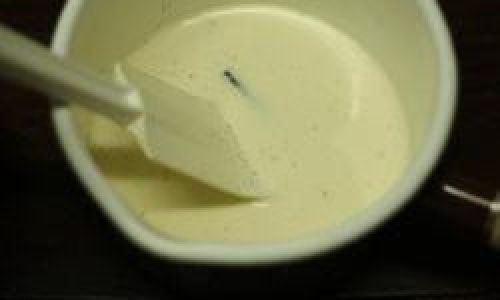
Historically, grass jelly has been consumed for centuries in China, Taiwan, and Southeast Asia, where it is believed to have cooling properties that alleviate internal heat—a concept rooted in traditional Chinese medicine. Today, it is enjoyed year-round, especially during sweltering summers, as a palate-cleansing dessert or a soothing beverage.
Ingredients You’ll Need
The beauty of grass jelly pudding lies in its simplicity. Below is a list of ingredients for both traditional and instant methods:
Traditional Method (Using Dried Grass Jelly Leaves)
- Dried grass jelly leaves: 100 grams (available in Asian grocery stores or online).
- Water: 8 cups (for boiling) + 2 cups (for soaking).
- Baking soda: ¼ teaspoon (enhances color and reduces bitterness).
- Potato starch or cornstarch: ¼ cup (thickens the mixture).
- Sugar: ½ cup (adjust to taste).
- Optional: Pandan leaves, lemon zest, or ginger for added flavor.
Instant Grass Jelly Powder Method
- Instant grass jelly powder: 1 packet (usually 100 grams).
- Water: 6 cups (follow package instructions for ratios).
- Sugar: ¼–½ cup (adjust to taste).
Equipment Checklist
- Large pot (for boiling leaves or mixture).
- Fine-mesh strainer or cheesecloth.
- Wooden spoon or spatula (non-reactive materials prevent discoloration).
- Mixing bowl.
- Storage containers or molds.
Step-by-Step Guide to Traditional Grass Jelly Pudding
Preparing the Dried Leaves
- Soak the leaves: Rinse 100 grams of dried grass jelly leaves under cold water to remove dust. Place them in a bowl with 2 cups of water and let them soak for 30 minutes. This softens the leaves, making it easier to release their flavors.
- Boil the mixture: Transfer the soaked leaves and water to a large pot. Add 8 cups of fresh water and ¼ teaspoon of baking soda. Bring to a boil over medium heat, then reduce to a simmer.
- Simmer gently: Cover the pot and let the leaves simmer for 1.5–2 hours. Stir occasionally to prevent sticking. The liquid will darken to a deep amber hue, indicating the extraction of plant compounds.
Straining the Liquid
- Strain the mixture: Once the liquid has reduced by about a third, remove it from heat. Place a fine-mesh strainer over a bowl and line it with cheesecloth (optional but recommended for a smoother texture). Pour the mixture through the strainer, gently pressing the leaves to extract as much liquid as possible. Discard the solids.
- Clean the pot: Rinse the pot to remove any residue, ensuring no impurities remain.
Thickening the Jelly
- Prepare the starch slurry: In a separate bowl, whisk ¼ cup of potato starch or cornstarch with ¼ cup of cold water until smooth. This prevents lumps.
- Return to heat: Pour the strained grass jelly liquid back into the clean pot. Add ½ cup of sugar (or more, depending on preference) and stir over low heat until the sugar dissolves.
- Add the starch: Gradually pour the starch slurry into the pot while whisking continuously. Increase the heat to medium and stir vigorously for 5–7 minutes until the mixture thickens to a custard-like consistency. Avoid overcooking, as this may cause a grainy texture.
Setting the Jelly
- Pour into molds: Transfer the hot mixture to a heatproof container or individual molds. Let it cool to room temperature, then refrigerate for at least 4 hours (or overnight) until firm.
- Unmold gently: Run a knife around the edges of the container to loosen the jelly. Invert onto a plate and slice into cubes or strips.
Quick Method Using Instant Grass Jelly Powder
For those short on time, instant grass jelly powder offers a convenient alternative.
- Mix the powder: In a pot, combine 1 packet of instant grass jelly powder with 2 cups of cold water. Stir until dissolved.
- Add water and sugar: Pour in 4 cups of water and ¼–½ cup of sugar. Bring to a boil over medium heat, stirring constantly.
- Simmer: Reduce heat and simmer for 2–3 minutes. Remove from heat and skim off any foam.
- Set: Pour into molds and refrigerate until firm (2–3 hours).
Serving Suggestions and Variations
Grass jelly pudding’s versatility shines in its presentations. Here are creative ways to serve it:
- Classic Style: Serve chilled cubes with sweetened coconut milk, crushed ice, and a drizzle of palm sugar syrup.
- Fruit Infusion: Top with diced mango, lychee, or passion fruit for a tropical twist.
- Creamy Delight: Layer with whipped cream, condensed milk, or Greek yogurt.
- Bubble Tea Base: Blend grass jelly cubes with black tea, milk, and tapioca pearls for a refreshing beverage.
- Savory-Sweet Balance: Pair with a sprinkle of toasted sesame seeds or a splash of soy sauce (a unconventional but intriguing option).
Health Benefits of Grass Jelly
Beyond its culinary appeal, grass jelly offers several health perks:
- Low in Calories: A 100-gram serving contains approximately 50–60 calories, making it a guilt-free dessert.
- Rich in Antioxidants: The Mesona chinensis plant contains polyphenols that combat oxidative stress.
- Digestive Aid: Traditionally used to soothe stomach discomfort and promote regularity.
- Vegan-Friendly: Plant-based and free from animal products.
Troubleshooting Common Issues
-
Bitter Aftertaste:
- Cause: Overboiling the leaves or insufficient sugar.
- Fix: Add more sugar during cooking or serve with sweet toppings.
-
Jelly Doesn’t Set:
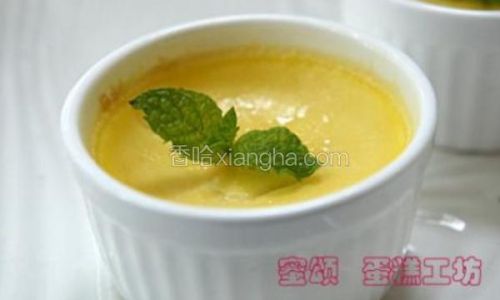
- Cause: Insufficient starch or undercooking.
- Fix: Dissolve 1–2 tablespoons of additional starch in cold water and whisk into the mixture while reheating gently.
-
Cloudy Appearance:
- Cause: Impurities from the leaves.
- Fix: Strain the mixture twice using cheesecloth.
-
Grainy Texture:
- Cause: Overcooking or uneven stirring.
- Fix: Cook over low heat and stir continuously.
Cultural Significance
Grass jelly pudding transcends its role as a dessert—it’s a cultural symbol. In Taiwan, it’s a street-food staple served in plastic bags with shaved ice. In Malaysia, it’s paired with “aiskrim potong” (ice cream bars) for a nostalgic treat. During hot summers, families in Vietnam prepare sương sáo with fresh coconut water, while in China, it’s incorporated into herbal teas to beat the heat.
Conclusion
Making grass jelly pudding at home is a rewarding endeavor that connects you to centuries-old traditions while allowing room for modern creativity. Whether you opt for the traditional leaf method or the instant powder shortcut, the result is a dessert that delights the senses and nourishes the body. Experiment with toppings, adjust sweetness to your liking, and share this cooling treat with loved ones—a testament to the joy of homemade simplicity.
So, the next time you crave a break from the ordinary, venture into your kitchen, boil some leaves, and savor the earthy charm of grass jelly pudding. Your taste buds—and your Instagram followers—will thank you.
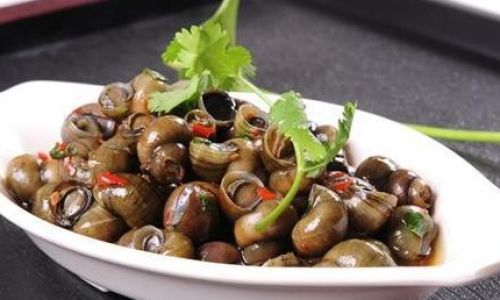
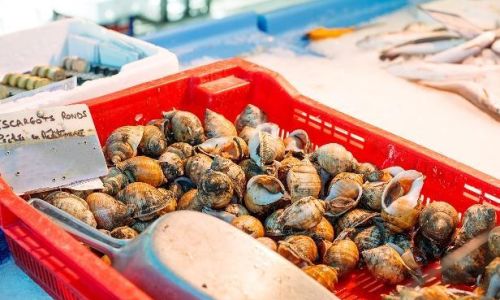
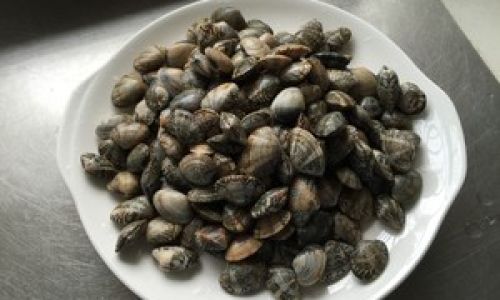



0 comments